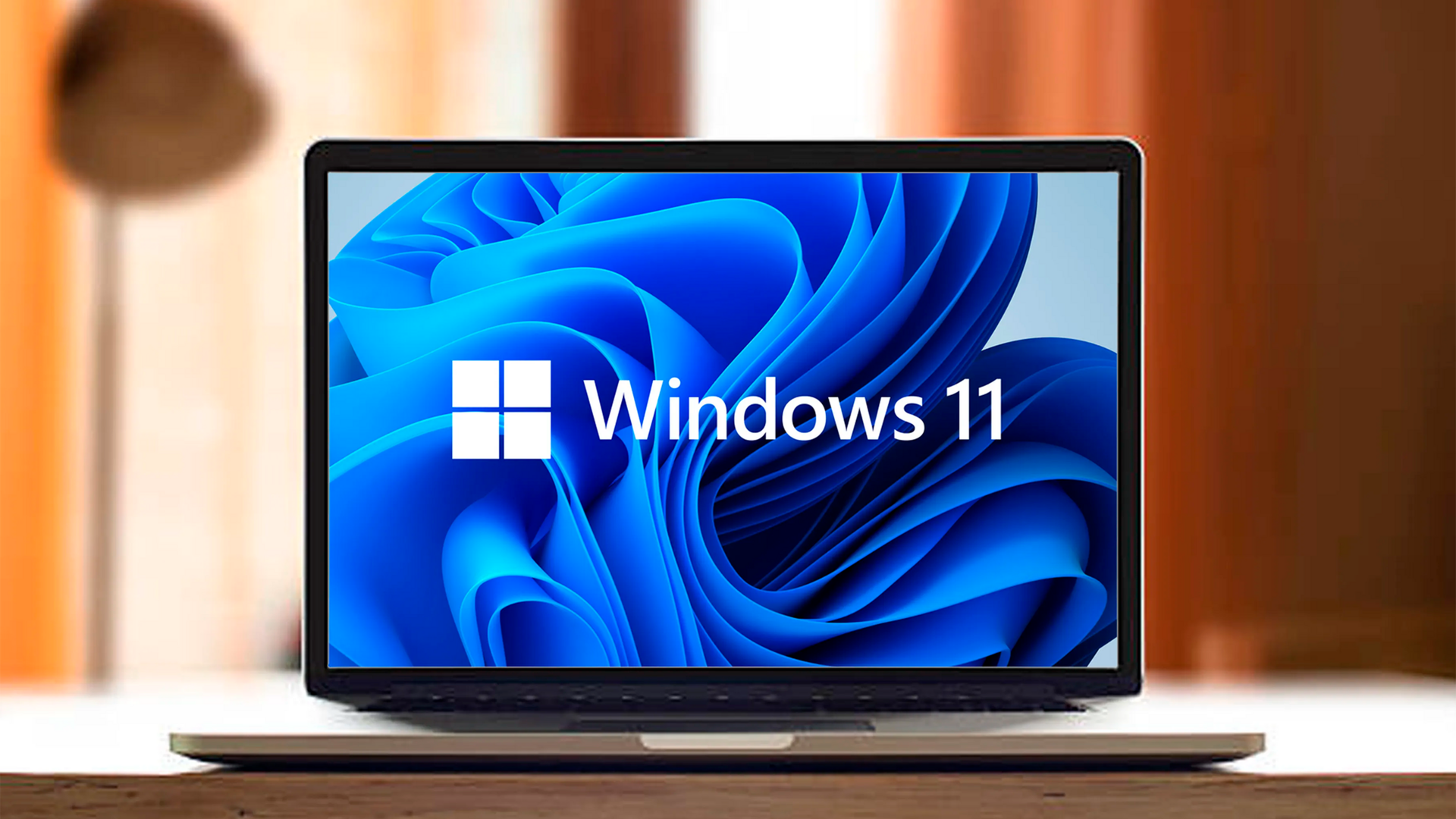
Windows 11 update process gets simpler, rollbacks might get trickier
What's the story
Microsoft is transforming its update process with the launch of 'checkpoint cumulative updates' for Windows 11. These updates are designed to be smaller, faster, and more sustainable, needing no action from users or IT administrators. The new method allows for incremental differentials, building on the previous checkpoint rather than including all changes since the original release. However, users have raised concerns that checkpoint updates may complicate the rollback process, adding complexity if issues arise post-update.
Efficiency boost
Checkpoint updates to save time, bandwidth, and space
Microsoft's new approach is expected to save bandwidth, time, and hard drive space for both individual users and organizations. The process may require multiple checkpoints during a Windows release lifecycle. The servicing stack will merge all checkpoints and only download missing content. For most updates, the changes will be taken care of by the Windows servicing stack.
User feedback
User concerns and changes in update presentation
Despite the anticipated benefits, some users have expressed concerns about the new update method, particularly as the technology is still new and not widely implemented. One user pointed out potential issues with cumulative updates preventing security patches from being applied if there's a problem with an update. Administrators sourcing updates from the Microsoft Update Catalog will see changes in how updates are presented.
Update challenges
Potential complications and Microsoft's transition goals
Concerns have been raised that checkpoint cumulative updates might add another complexity layer to an already complex update system, potentially complicating the rollback process if issues arise after applying an update. There's also a potential risk of conflicts between different checkpoint updates or with existing system configurations. Despite these concerns, Microsoft aims to make the transition to this new system as seamless as possible.